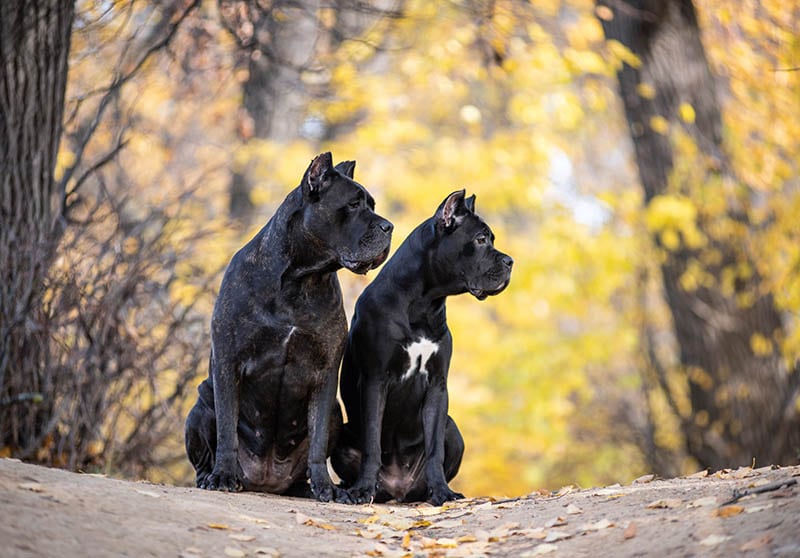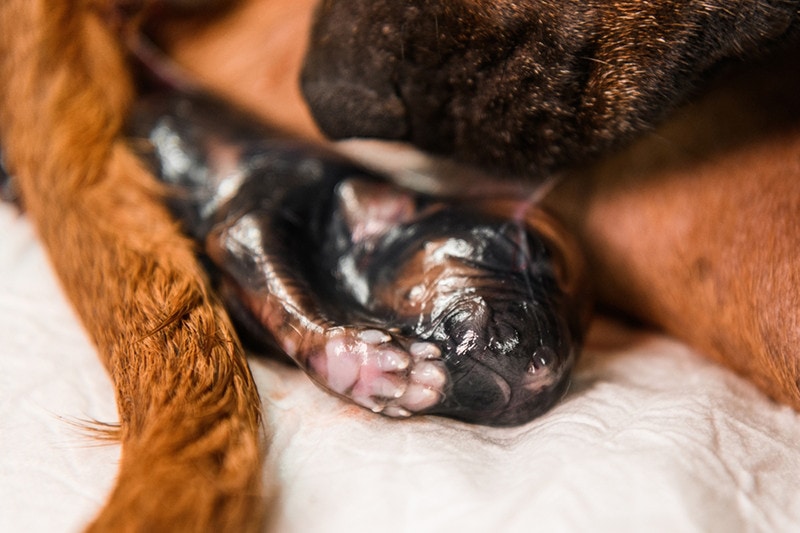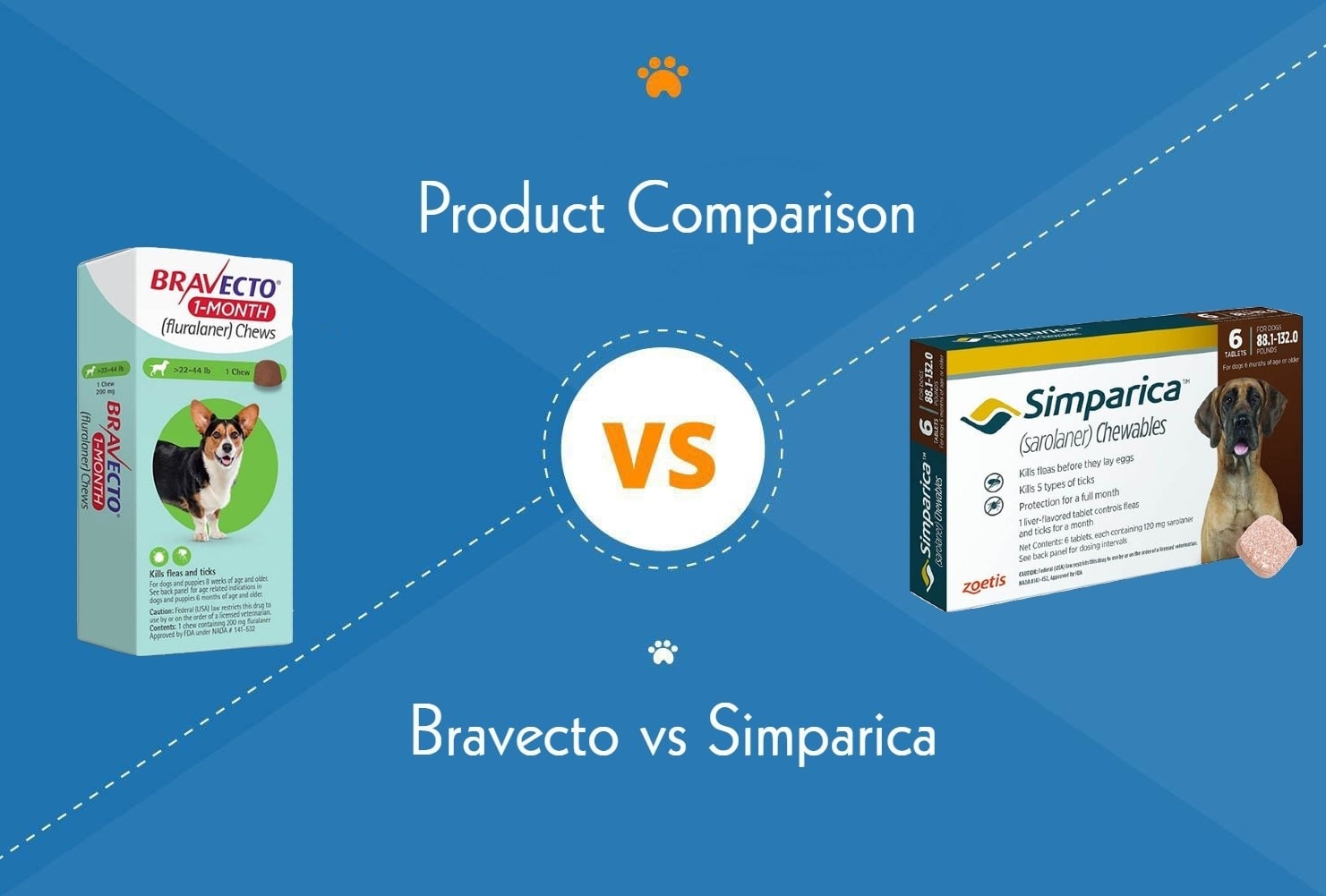Are All Maltese Dogs White? Surprising Breed Color Facts
By Brooke Bundy
Updated on
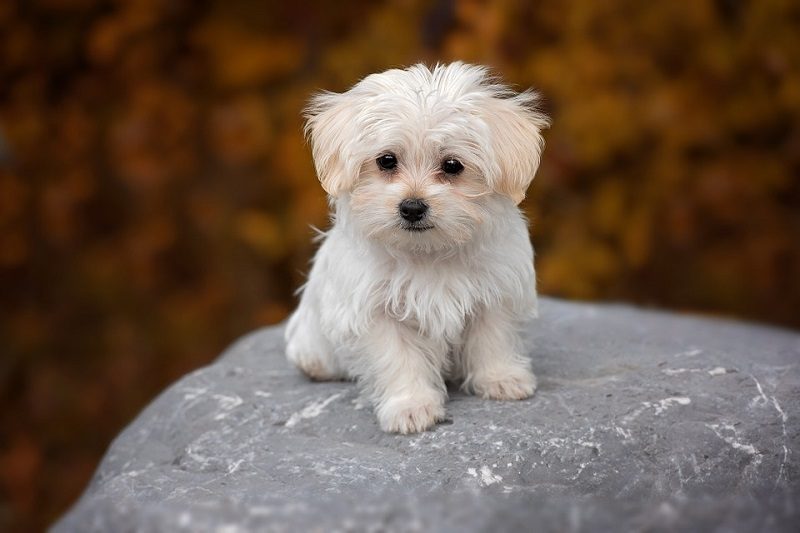
In the show ring, the flowy white Maltese parades past admiring spectators. They usually have their long tresses pinned on the top of their heads in bows or topknots, and the edges of their fur brush their paws as they walk. Yet, it almost always seems like the Maltese is white, as opposed to other competing breeds such as the Labrador Retriever, which may be a variety of colors. Is this an unfair preference or is the Maltese always white? As it turns out, white is the only acceptable color for a purebred Maltese. Let’s find out more about this amazing breed.
What Colors Are the Maltese?
Dog breeds are somewhat a cultural construction. For example, the gene pool of your neighborhood Maltese would obviously be somewhat different from the Melitaie Dog of ancient Greece. However, according to historical depictions and modern breed standards, white is the only acceptable color for a purebred Maltese. Lemon or tan markings are allowed, as long as white is the presiding color. A black, brown, red, gray, or multi-colored Maltese isn’t considered to be a purebred, according to the American Kennel Club. While they may still be part Maltese, these dogs are likely closely related to a similar dog such as the Poodle or Shih Tzu, who may have these other colors.

History of the Maltese
Its “tail” is as old as time. Though the countries and political structures had their sharp differences over the centuries, it seems emperors, kings, and revolutionaries in power have always harbored a preference for a small white dog with a plumed tail. The first recorded depiction of the “Ye Ancient Dogge of Malta” was inscribed on ceramics during the Golden Age of Greece in the 4th and 5th centuries BC. Aristotle himself even gave a nod to the noble dog with the words, “Perfetto nella sua piccolezza,” which translates to, “Perfect in their small size.”
Back then, the Maltese was called the Melitaie Dog. Theories speculate that their original birthplace could’ve been the Alps, where they would’ve been closely related to the Spitz. Others claim that the Maltese has always existed in Malta. Regardless of their earliest beginnings, the Maltese is heavily associated with Malta because of geography rather than their ancestry. Malta reigned as the trading hub of the ancient world because of their prime position on the Mediterranean Sea. Maltese dogs were top commodity items for merchants who’d take them to emperors in the Orient or sail them north to the European nobility.
Over the next two thousand years, the Maltese changed very little from their first depictions in the 4th or 5th century. Unlike some breeds, such as Pomeranians, which started out almost as large as wolves and gradually shrunk down to lap-size, the Maltese has always been a small and white companion animal.
Should I Buy or Adopt a “Maltese” That Isn’t White?
If a breeder insists on high prices for their purebred brown Maltese or black Maltese, you probably shouldn’t feel comfortable buying a puppy from them because they’re being dishonest. If, on the other hand, the breeder is transparent about the fact that they aren’t a purebred Maltese, then your decision depends on other factors in the situation, such as the apparent health of the dog and the breeder’s reputation. Despite the negative cultural connotations, a mixed breed can sometimes be healthier than a purebred dog. And, in recent times, they may even be more expensive.
Breeders have started to capitalize on new mixed breeds, such as the intensely popular Doodles, by dropping the outdated “mutt” term and referring to their stock as “designer breeds” instead. This is because by selectively crossbreeding established breeds, hybrids with attractive features emerge. For example, the Maltipoo is a popular choice because it combines the friendly demeanor and bright dark eyes of the Maltese with the intelligence and curly hair of the Poodle. And, thanks to the Poodle’s wide gene pool and more diverse breeding standards, Maltipoos may be any color, including black and brown.
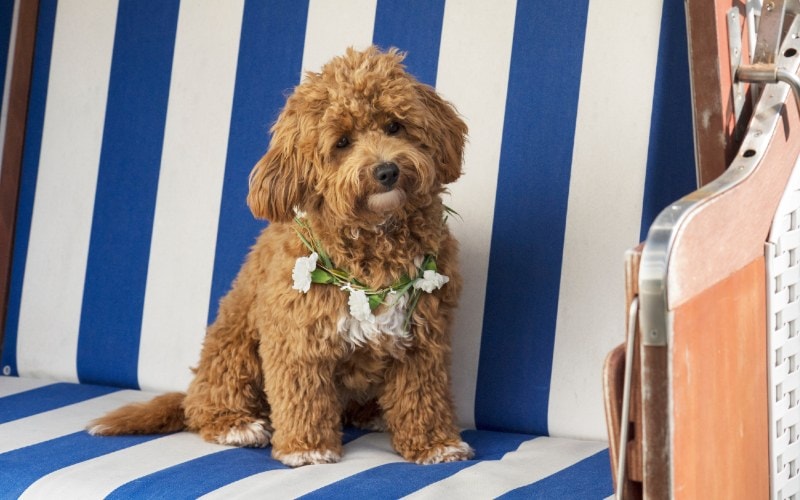
Conclusion
Ever since their origin story on the island of ancient Malta, the Maltese has always had white fur with few lemon or tan markings. If a breeder tries to sell you an expensive, purebred red Maltese, you should know you’re being scammed. There’s nothing wrong with adopting a mixed breed, however, especially if it’s from a shelter or reputable breeder. If you want a Maltese, but really prefer another color other than white, a mixed breed such as the Maltipoo might be the right choice for you.
Featured Image Credit: Pezibear, Pixabay

